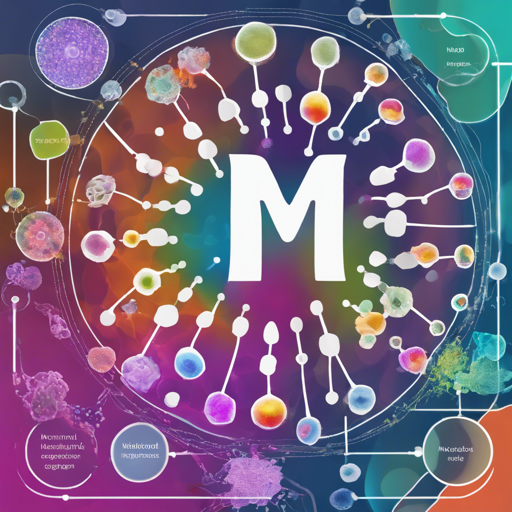Welcome to your ultimate guide on building a Named Entity Recognition (NER) model specifically designed to identify hosts of microbiome samples in texts. This user-friendly approach will help you navigate the process of leveraging a fine-tuned BioBERT model for your own applications. Let’s dive in!
What is Named Entity Recognition?
Named Entity Recognition (NER) is like having an intelligent assistant that scans texts and highlights key elements such as names, places, or, in our case, living organisms. In microbiome studies, recognizing the host defined in the texts can greatly enhance our understanding of microbial interactions.
Getting Started with Your NER Model
To set up a NER model for identifying hosts, you will need to follow these steps:
- Choose Your Environment: Set up a Python environment with necessary libraries like Transformers, PyTorch, and SpaCy.
- Acquire the Training Dataset: The fine-tuned BioBERT model you will use for training is based on a specific dataset. Access it here: Training Dataset.
- Load the BioBERT Model: Import the pre-trained BioBERT model and tokenizer using Hugging Face’s Transformers library.
- Fine-tune the Model: Train the model with your annotated dataset on a dedicated machine with GPU support for optimal performance.
Understanding the Training Examples
To help visualize the process, let’s use an analogy. Imagine you are a teacher at a school, and you have various subjects (the microbe’s hosts) that you must teach (identify). Your task is to have students (the NER model) recognize and annotate these subjects from textbooks (the input text).
Here are some training examples:
- “Turkestan cockroach nymphs (Finke, 2013) were fed to the treefrogs at a quantity of 10% of treefrog biomass twice a week.”
- “Samples were collected from clinically healthy giant pandas (five females and four males) at the China Conservation and Research Center for Giant Pandas (Yaan, China).”
- “Field-collected bee samples were dissected on dry ice and separated into head, thorax (excluding legs and wings), and abdomens.”
Troubleshooting Common Issues
While implementing the NER model, you might run into some challenges. Here are some troubleshooting tips:
- Model Not Recognizing Entities: Ensure your dataset is well-annotated, as quality training data greatly impacts performance.
- Slow Training Speed: Consider using a more powerful GPU or tweaking your model’s hyperparameters for improved efficiency.
- Inaccurate Annotations: Revisit the training examples and check your model’s predictions against the expected outputs to refine your annotations.
For more insights, updates, or to collaborate on AI development projects, stay connected with fxis.ai.
Conclusion
By following these steps, you can successfully implement an NER model to identify hosts in microbiome texts. This will not only streamline your research but also contribute to the overall understanding of microbial environments.
At fxis.ai, we believe that such advancements are crucial for the future of AI, as they enable more comprehensive and effective solutions. Our team is continually exploring new methodologies to push the envelope in artificial intelligence, ensuring that our clients benefit from the latest technological innovations.

